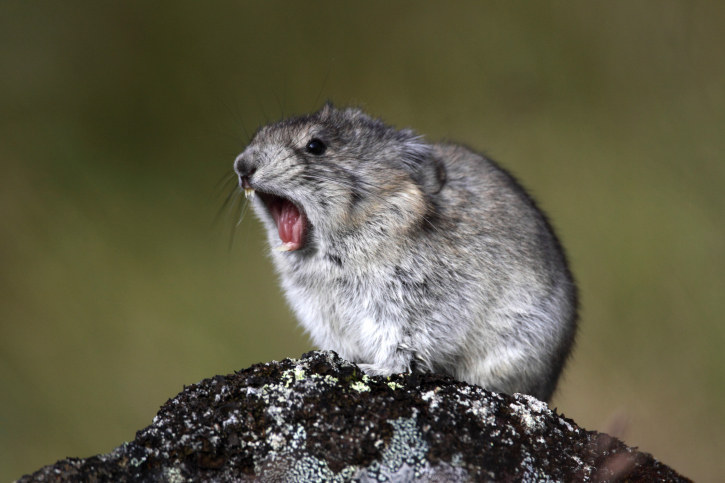

This assembly was produced using Dovetail de novo proximity ligation methods and annotated through the NCBI Eukaryotic Genome Annotation pipeline. To support and expand ongoing research efforts, here, we present a highly contiguous and annotated reference genome assembly for the American pika (OchPri4.0). Warming climates on both historical and contemporary scales have contributed to population declines in American pikas, positioning them as a focal mammalian species for investigating the ecological effects of climate change. Primarily inhabiting talus slopes at higher elevations (>2000 m), American pikas are well adapted to cold, montane environments. “Pikachu is not particularly mouse-shaped, and a mouse Pokémon named Rattata already existed, so I actually hadn't intended to make it a mouse,” she added.The American pika ( Ochotona princeps) is an alpine lagomorph found throughout western North America. Nishida reiterated that she wasn't thinking of a mouse when she came up with the name but chose it “because it sounded good, and also because of its size, so I combined several different elements to come up with its name.” Tajiri, who wrote the setting text, made that decision.” In a separate interview posted on the official Pokémon site, the game’s lead designer Ken Sugimori explained, “Making Pikachu a Mouse Pokémon happened after the fact. Game Freak President Satoshi Tajiri reportedly chose the designation "Electric Rodent" for Pikachu after Nishida came up with the character’s iconic name and design. Meanwhile, the name of the animal came from the Tunguse word “piika.”Īnother source of confusion is Pikachu’s classification as a mouse-type Pokémon, a fact that many fans point out whenever the topic comes up. But as Nishida confirmed, the similarity between their names are just a fascinating coincidence.Īccording to Nishida, Pikachu’s name originated from the Japanese words, “pika,” which is onomatopoeia for the sound of an electric spark, and “chu,” the sound that a mouse makes. The confusion is mostly due to the creatures’ similar name s and cute appearance. Over the years, some have assumed Pikachu’s creators drew inspiration from the pika, a tiny mammal found in the mountainous regions of Asia and North America. Since I thought the way squirrels moved were comical and cute, I wanted one." “I like animals, and then I had a ferret and a turtle at home. "It's not like squirrels were popular then,” she added. Nishida, a self-confessed animal-lover, said that she was so into squirrels at the time that she wanted to own one. "For example, when hamsters stuff themselves with food, their entire bodies become round, right? But for squirrels, it's just their cheeks," she explained.

With the lightning element added, Nishida took inspiration from squirrels in determining where Pikachu might store its electrical powers. However, I wanted the character to have a lightning element, so I made it shaped like lightning." “Squirrel tails are cute (so I wanted it to have a tail). "At that time, I was really into squirrels, so I wanted the character to have puffy cheeks,” she revealed. Nishida told local platform Yomiuri that she developed a fascination with squirrels while developing the original design concepts for “Pocket Monsters Red” and “Pocket Monsters Green,” the video games where the iconic characters first appeared.

Legendary artist Atsuko Nishida, who designed Pikachu and a number of creatures in the “Pokémon” franchise for game developer Game Freak, previously revealed that she based Pikachu's original design concept on a squirrel, according to SVG. However, Pikachu’s creator has confirmed that it’s neither a mouse nor a rabbit. Pikachu, which looks something like a cross between a mouse and a rabbit, has always been put in the “mouse” category in the Pokédex, the digital encyclopedia for Pokémon.


 0 kommentar(er)
0 kommentar(er)
